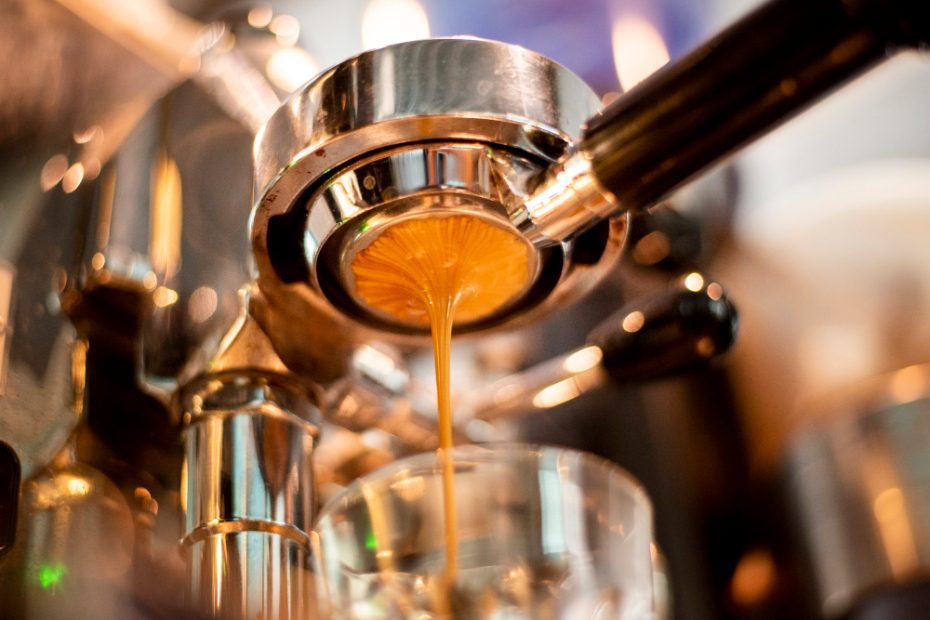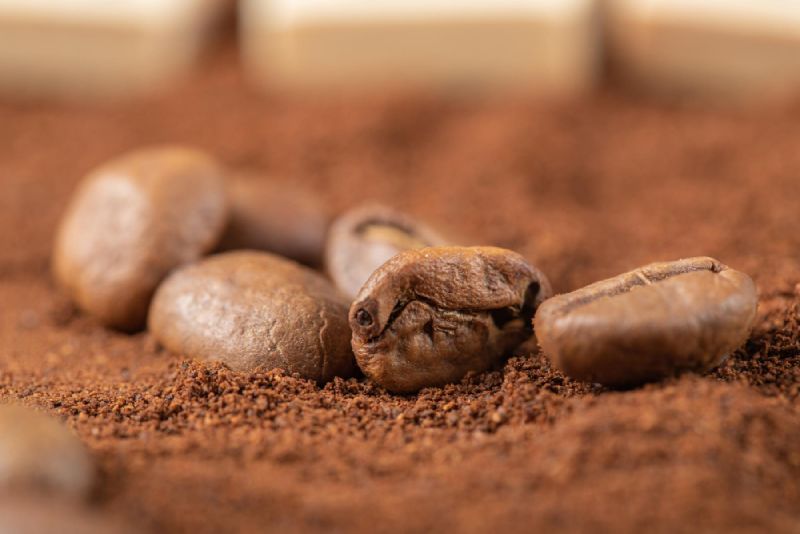Espresso is more than just a type of coffee; it’s an experience, a ritual, and for many, a daily necessity. But what goes into making that perfect shot of espresso? Specifically, how do you create the ideal espresso blend? This article will explore the intricacies of espresso blending for the UK audience and provide insights into making the most satisfying cup.
Can you use any coffee blend for espresso?
The short answer is yes, you can technically use any coffee blend to make espresso. However, not all blends are created equal when it comes to producing that rich, full-bodied shot of coffee we know and love. Espresso blends are often crafted with a specific balance of beans that have been roasted to bring out nuances in flavour, acidity, and body. If you are serious about your espresso, consider blends specifically designed for this brewing method.
Why Espresso Blends are Different
The Role of the Roast
One of the defining characteristics of espresso blends is the roast level. While single-origin coffees may be roasted to a light or medium level to retain their unique flavours, espresso blends are generally roasted to medium or dark levels. This is because a darker roast will produce a richer, bolder flavour profile that stands up to the intense espresso brewing process.
Bean Composition
Espresso blends often use a mixture of Arabica and Robusta beans. Arabica beans are known for their sweet, soft taste and higher acidity, whereas Robusta beans offer a stronger, more bitter flavour and additional caffeine. The proportion between these two types of beans can vary significantly depending on the blend and the desired flavour profile.
“The art of espresso blending lies in achieving the perfect balance between Arabica’s nuanced flavours and Robusta’s bold strength.”
Creating Your Own Espresso Blend
Choosing the Right Beans
- Arabica: Choose high-quality Arabica beans with a flavour profile you enjoy. Consider beans from regions like Ethiopia for floral notes or Colombia for nutty and chocolatey undertones.
- Robusta: If you’re looking for that extra kick, add some Robusta beans into the mix. Look for beans with a smooth finish to complement the Arabica.
Consider the Roast Level
As discussed earlier, the roast level is crucial in espresso blends. For those new to espresso blending, a medium to dark roast is generally recommended. However, don’t be afraid to experiment to find your perfect roast.
Experiment and Test
Creating your espresso blend is an ongoing process. Make small batches to start, tweaking the proportion of different beans and adjusting the roast levels until you find your ideal blend. Keep tasting notes to track what works and what doesn’t.
Popular UK Espresso Blends
| Brand | Blend Name | Bean Composition | Roast Level |
|---|---|---|---|
| Monmouth Coffee Company | Espresso Blend | Arabica and Robusta | Medium |
| Workshop Coffee | Cult of Done | Arabica | Medium to Dark |
| Square Mile Coffee Roasters | Red Brick | Arabica | Medium |
Final Thoughts
Espresso blending is both an art and a science. While you can use any coffee to make espresso, taking the time to understand the characteristics of different beans and how they interact can elevate your espresso experience to a new level. For the UK coffee lovers out there, many local roasters offer exciting espresso blends that cater to a variety of taste preferences. Or, if you’re feeling adventurous, you can experiment with creating your own unique blend. Either way, the perfect cup of espresso is within your reach.



